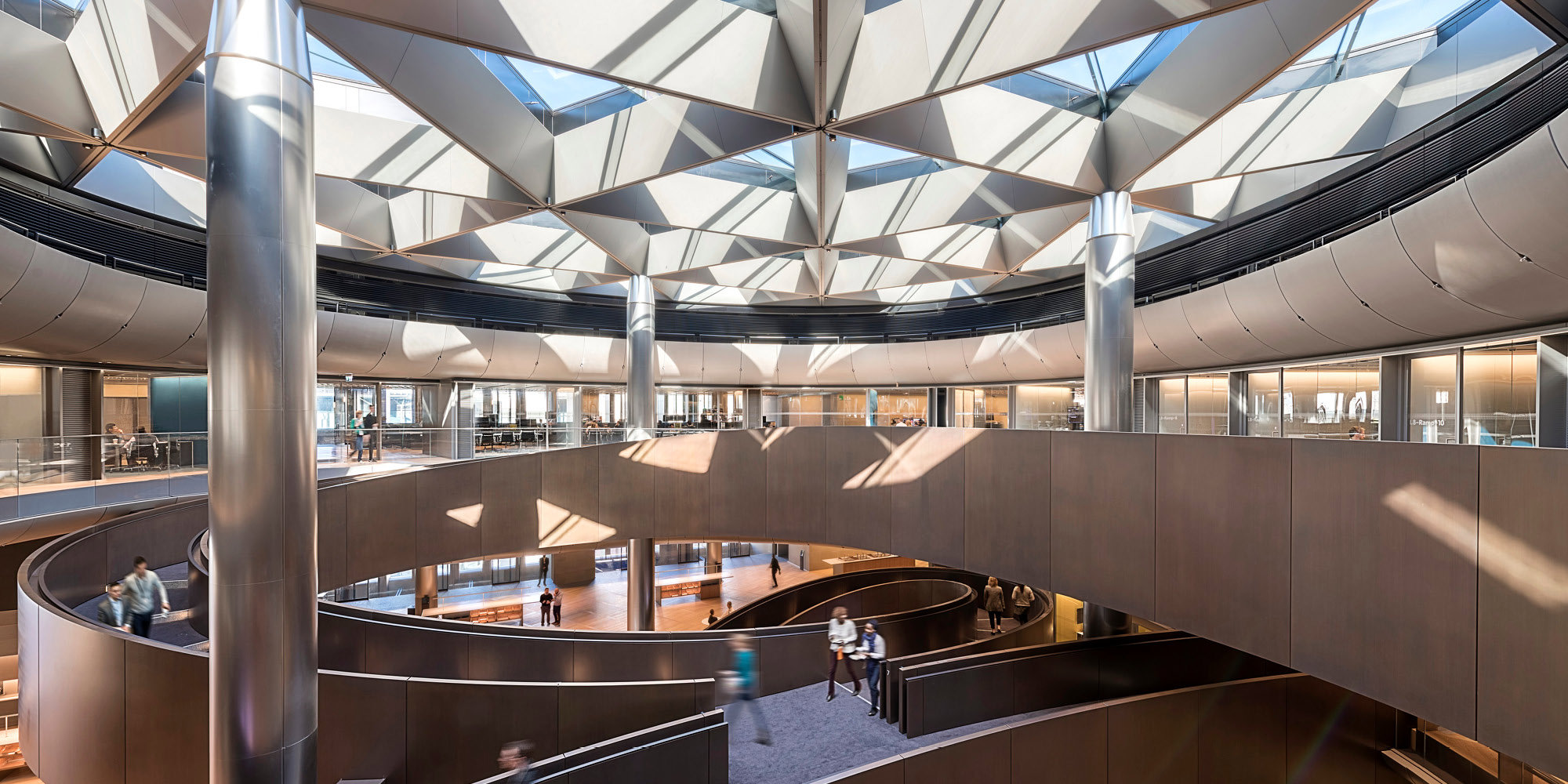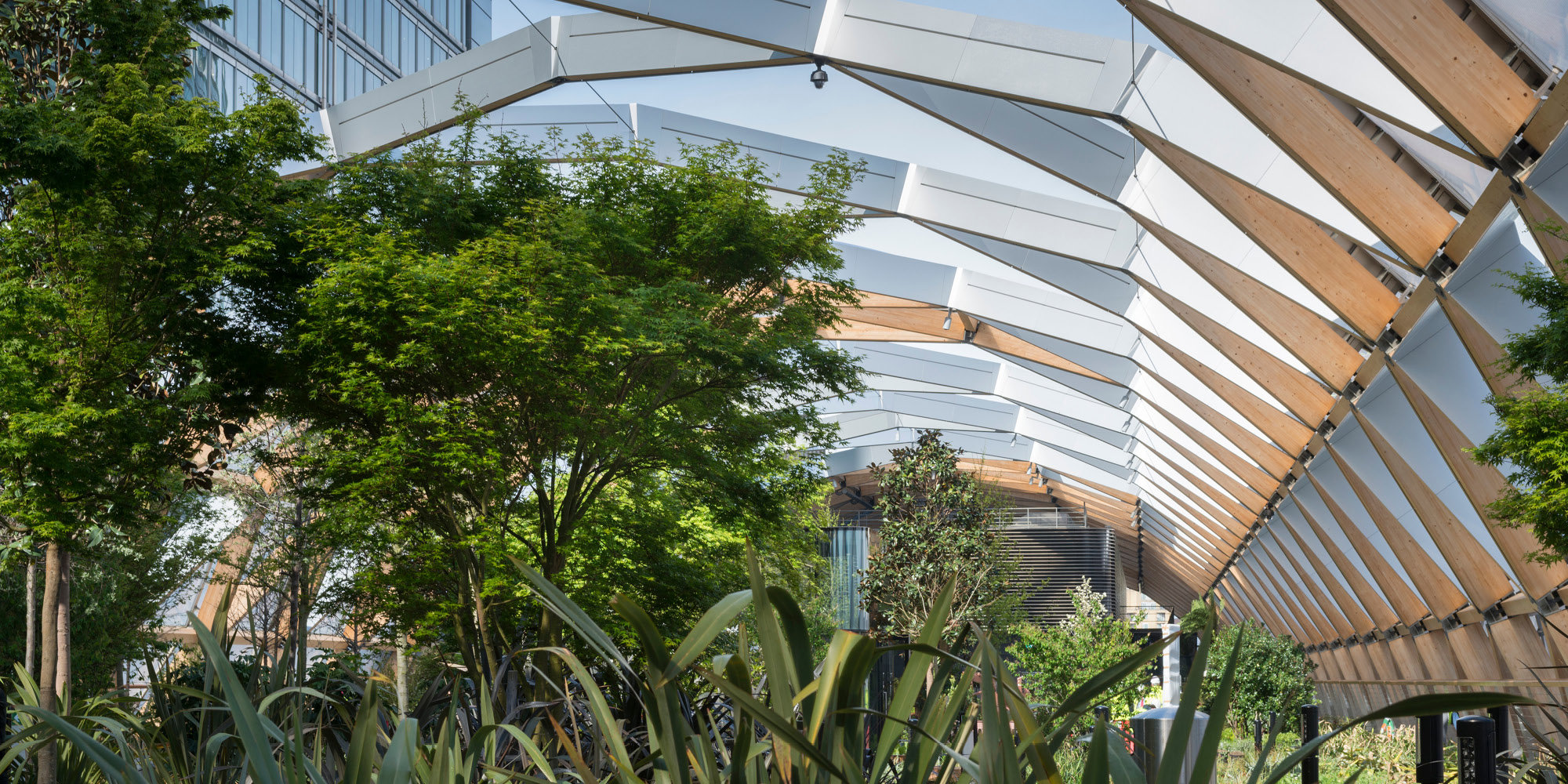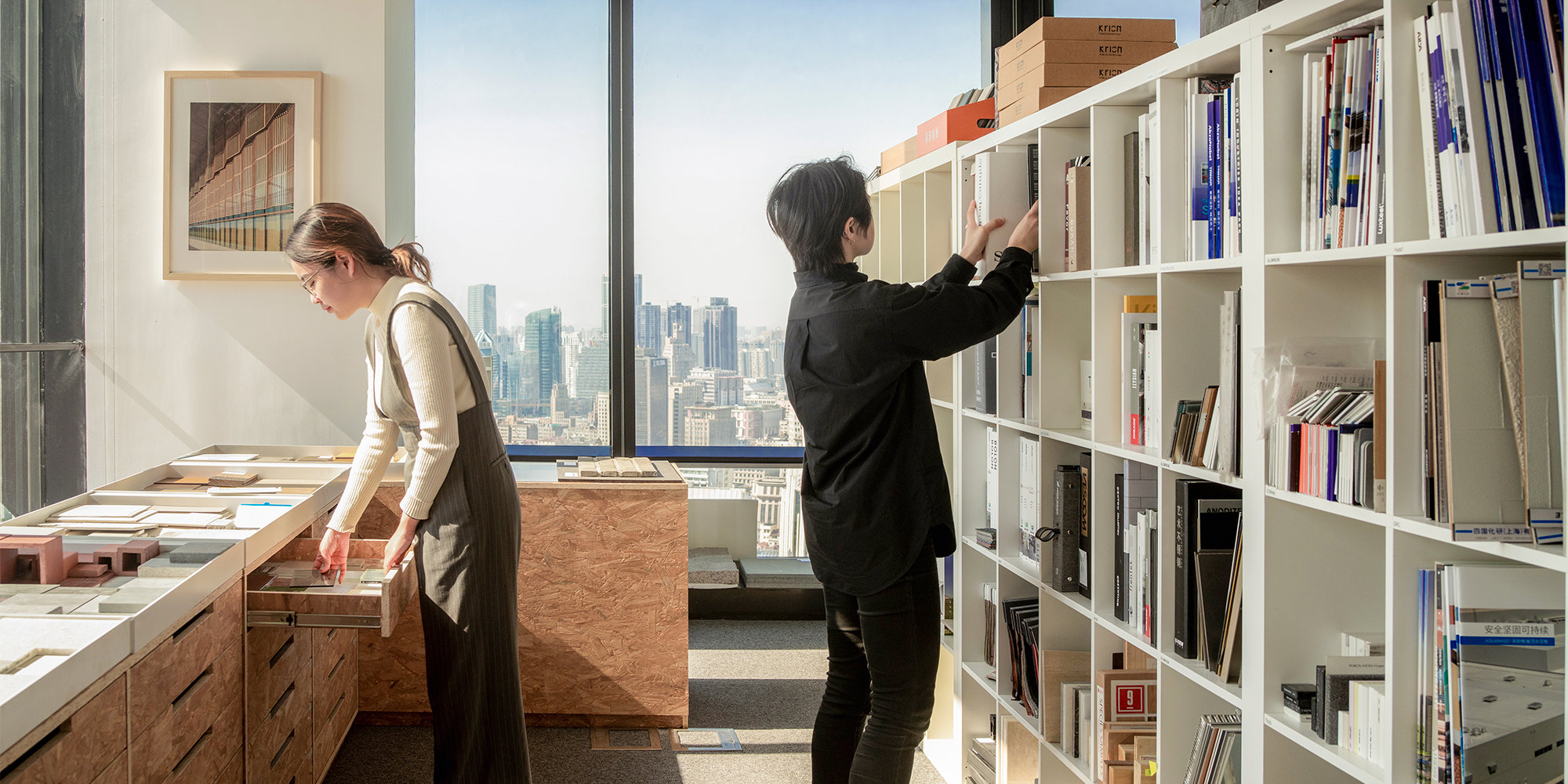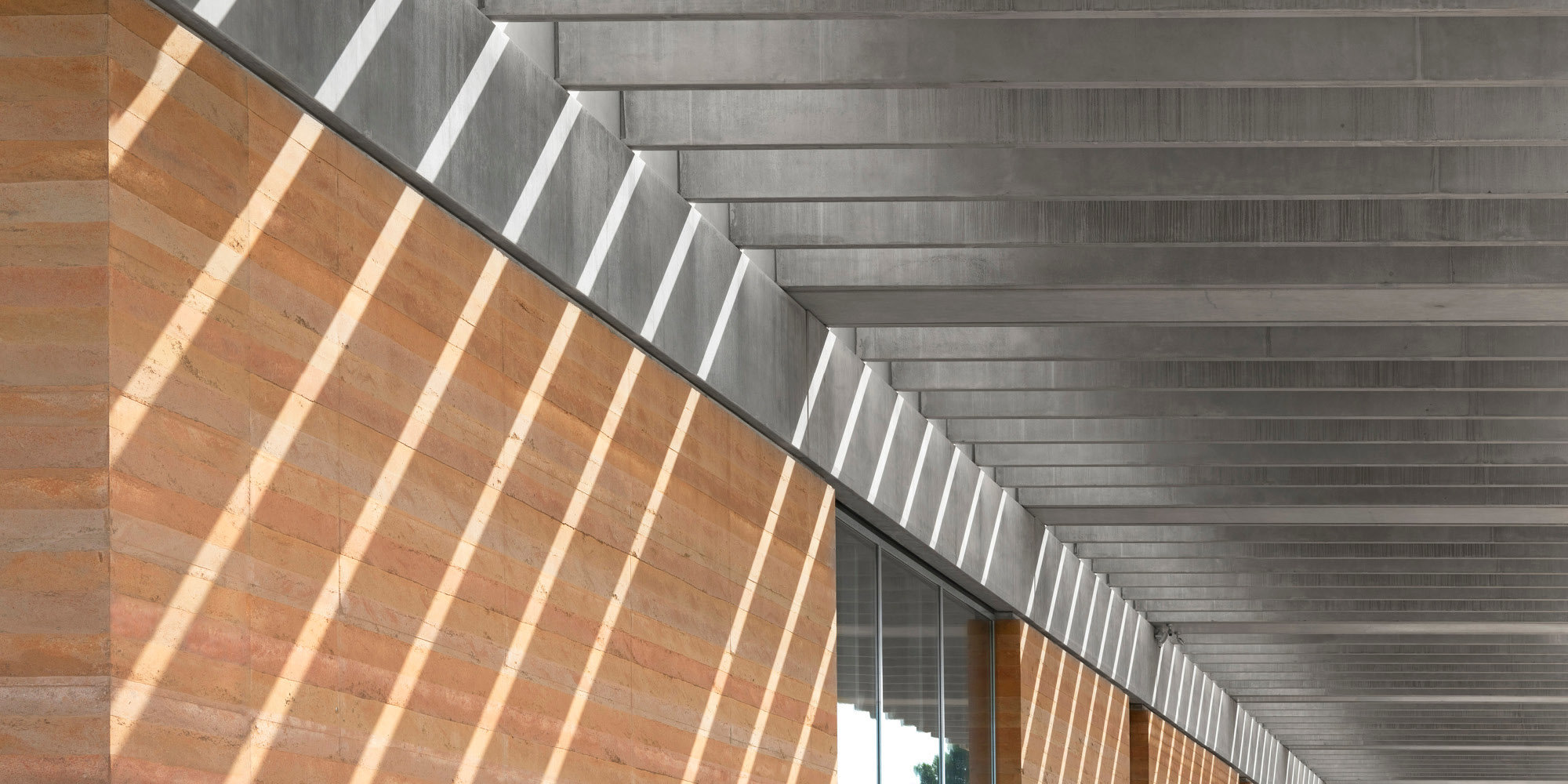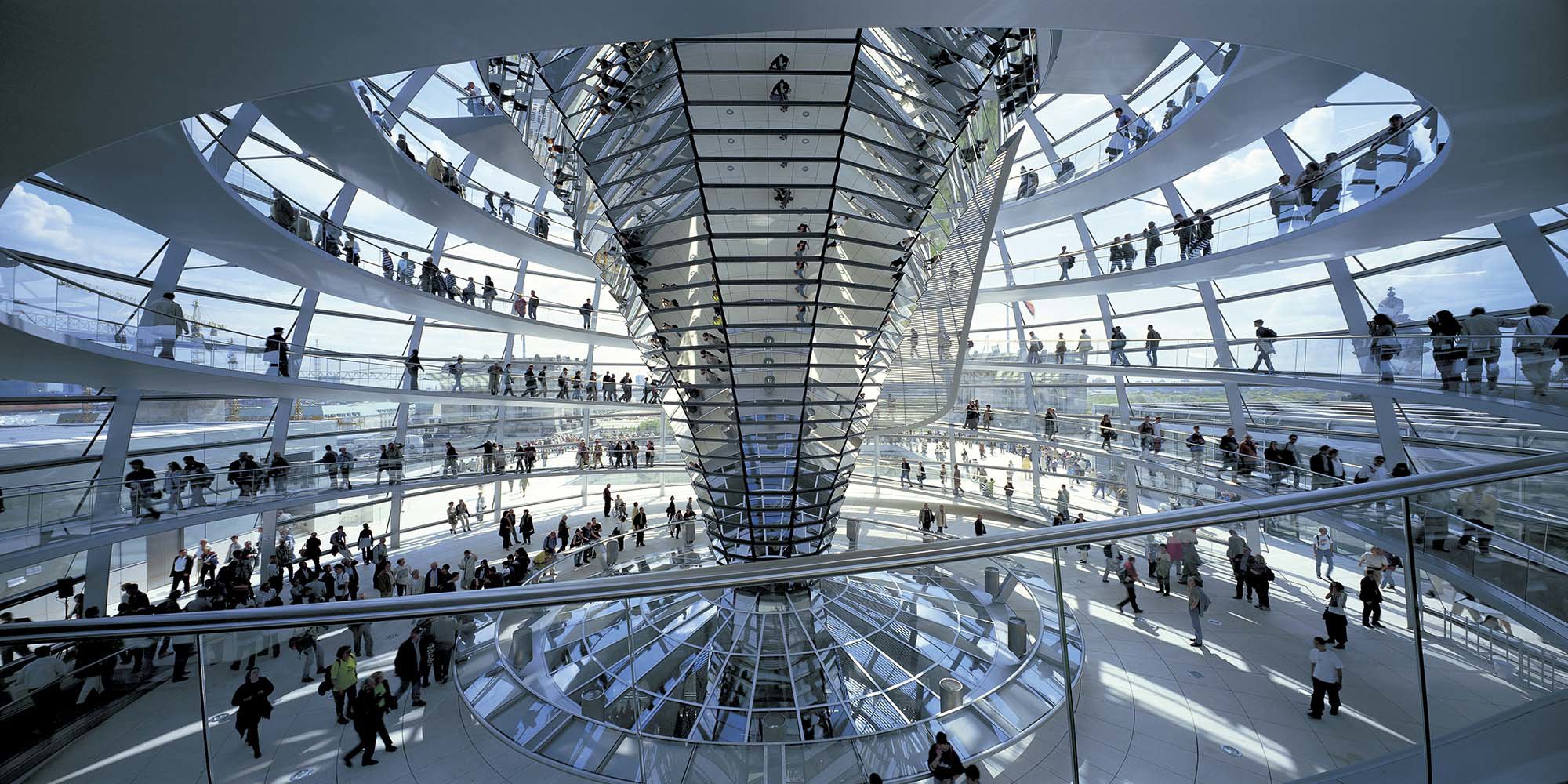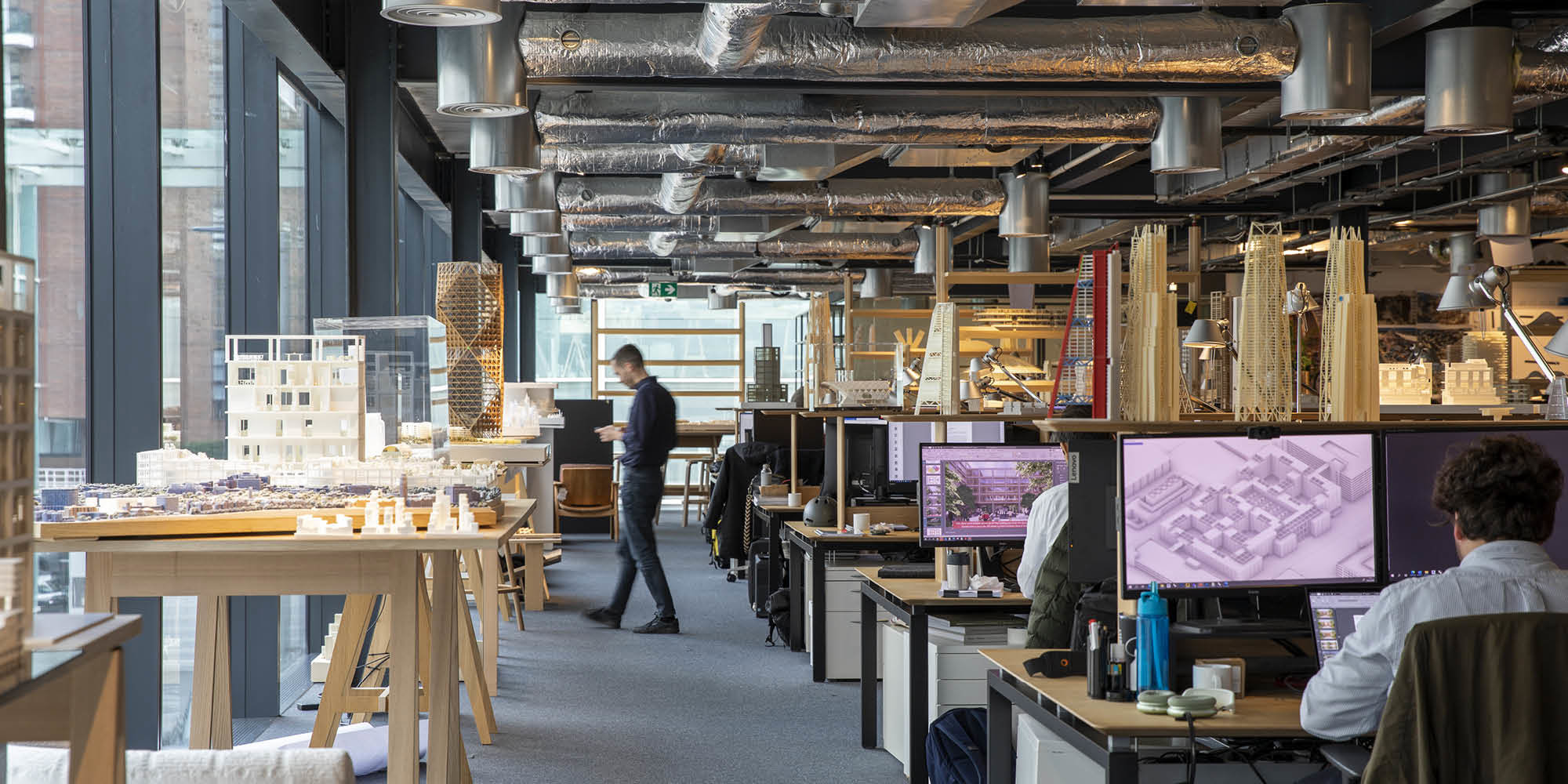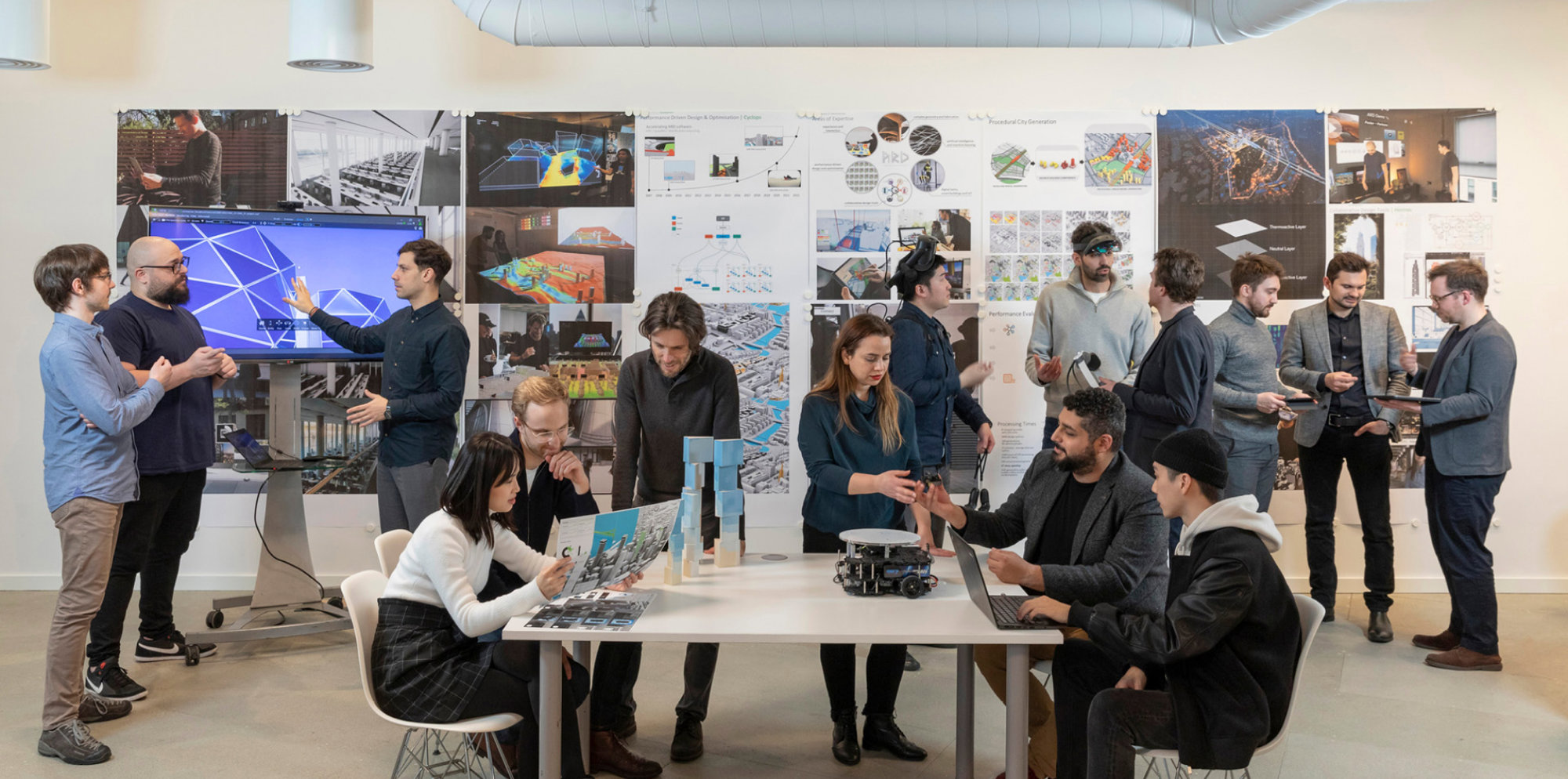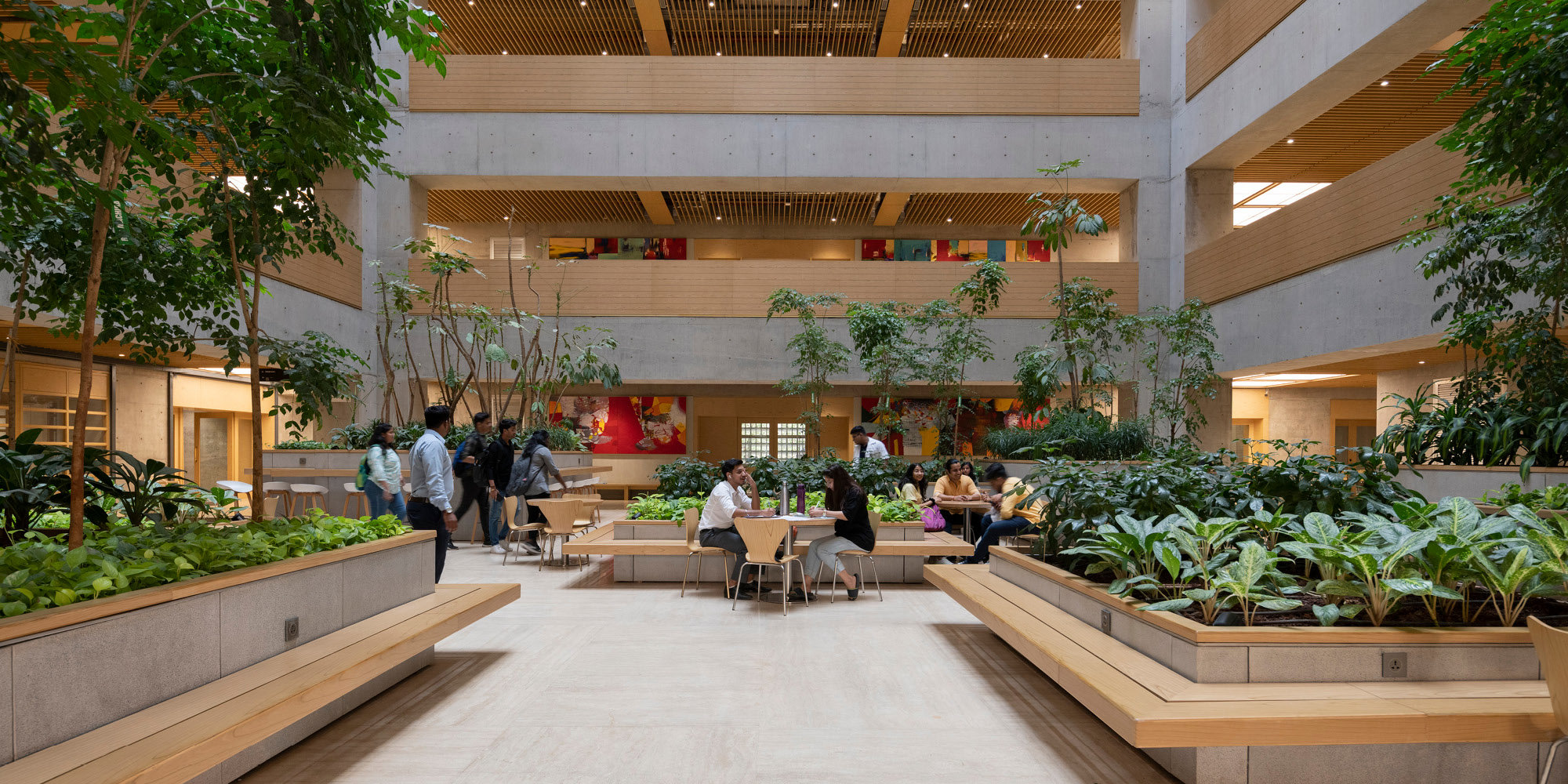Celebrating the 50th anniversary of Foster + Partners' Willis Building, +Plus Journal looks back to an interview by architect Jeffrey Inaba with architect and professor Neil Denari, as they reflect on the landmark project.
The pair discuss how the design is an exemplary fusion of environmental performance and form-making. Denari observes that the building’s approach to environmental regulation, which he associates with the space-age desire for a wholly encapsulated interior atmosphere, as well as its subtle negotiation between its context and envelope, make it a provocative object lesson for performance-driven buildings today.
